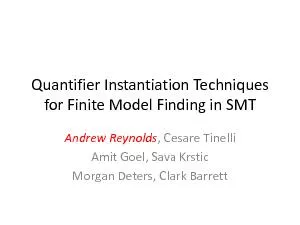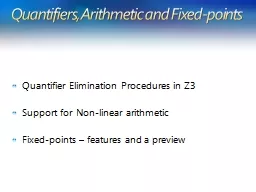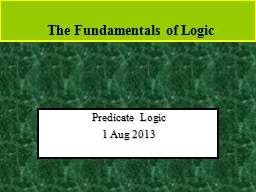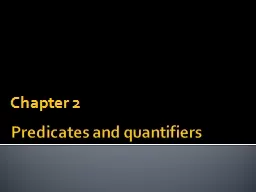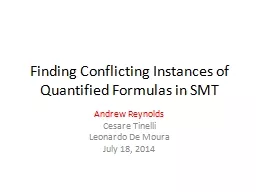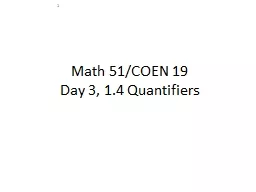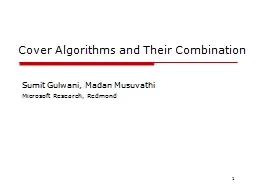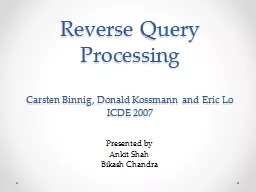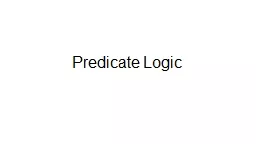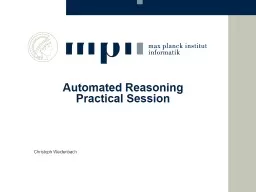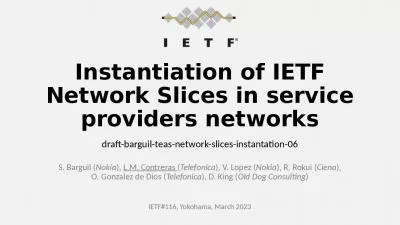PDF-Quantifier Instantiation Techniques
Author : mitsue-stanley | Published Date : 2017-01-16
for Finite Model Finding in SMT Andrew Reynolds Cesare Tinelli Amit Goel Sava Krstic Morgan Deters Clark Barrett Satisfiability Modulo Theories SMT x2022 SMT solvers
Presentation Embed Code
Download Presentation
Download Presentation The PPT/PDF document "Quantifier Instantiation Techniques" is the property of its rightful owner. Permission is granted to download and print the materials on this website for personal, non-commercial use only, and to display it on your personal computer provided you do not modify the materials and that you retain all copyright notices contained in the materials. By downloading content from our website, you accept the terms of this agreement.
Quantifier Instantiation Techniques: Transcript
Download Rules Of Document
"Quantifier Instantiation Techniques"The content belongs to its owner. You may download and print it for personal use, without modification, and keep all copyright notices. By downloading, you agree to these terms.
Related Documents

